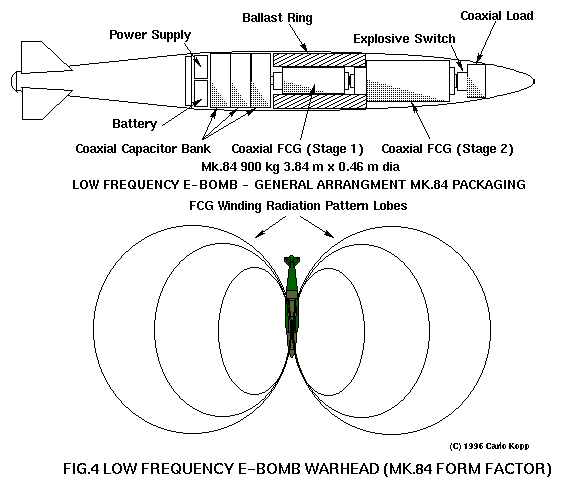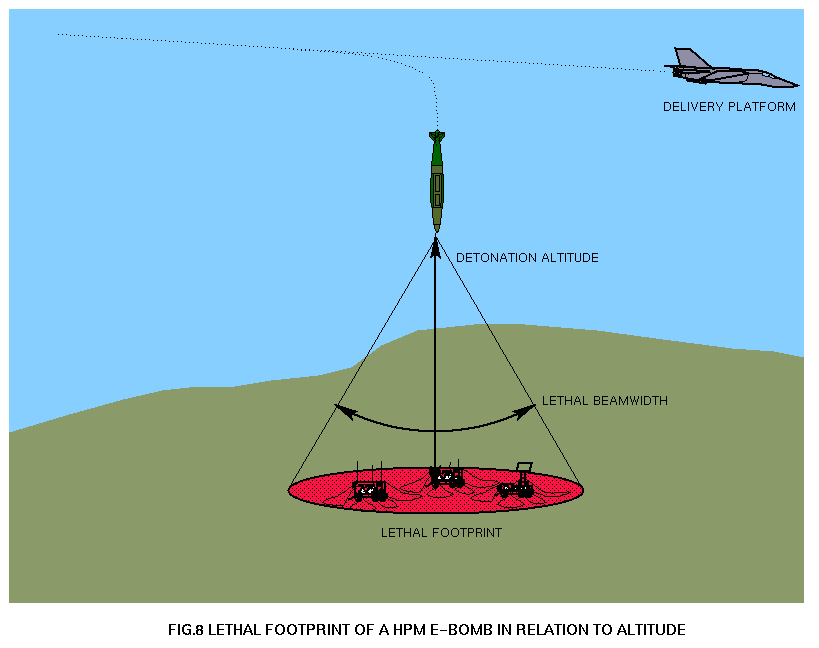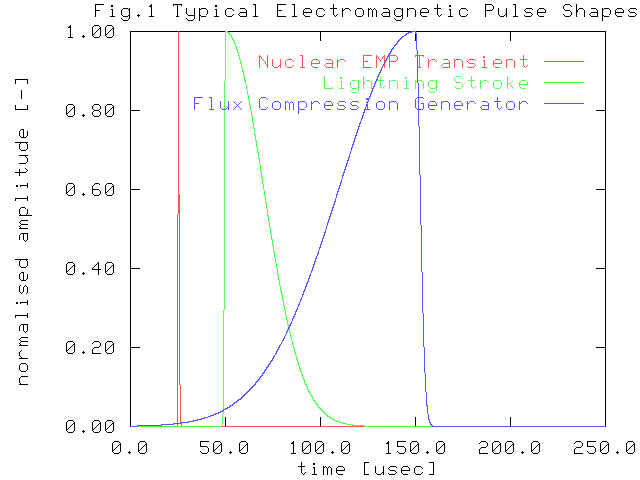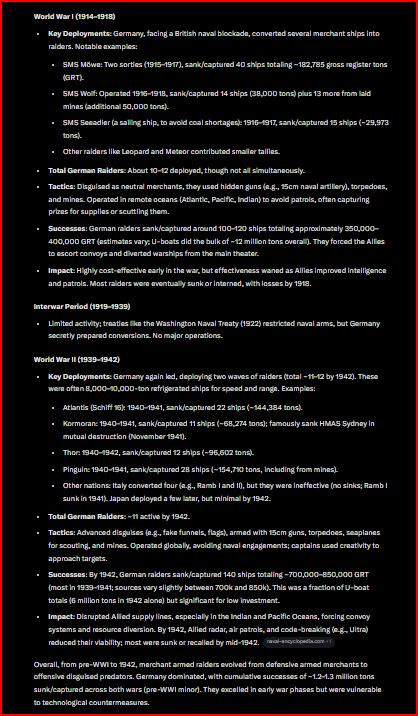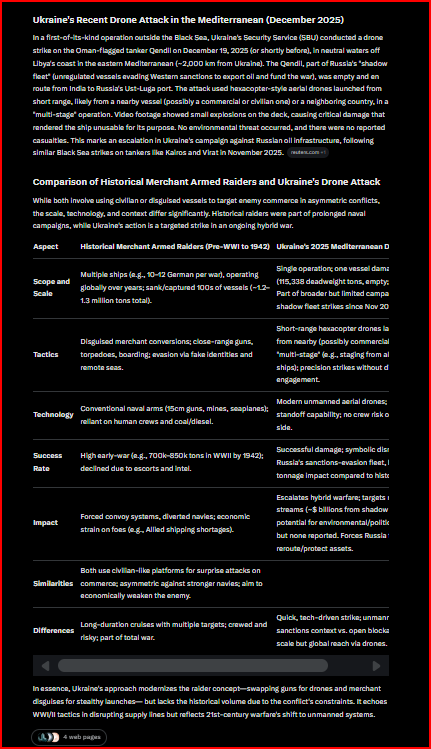The Russian Army railway logistics are now in worse shape than when Wagner's revolt over ran Rostov on Don's railway marshaling yard.
Per @Schizointel
>>Ukraine now has physical access and control over the
>>Lgov-Belgorod line
>>Lgov-Vorozbha line
Summer 1940 redux🧵
1/
Per @Schizointel
>>Ukraine now has physical access and control over the
>>Lgov-Belgorod line
>>Lgov-Vorozbha line
Summer 1940 redux🧵
1/
https://twitter.com/MalcontentmentT/status/1821631550997586256
The two key railway marshalling yards for the Russian Army in occupied Ukraine are in Belgorod and Rostov on Don.
And Belgorod railway marshalling yard just got cut off from the north.
Rerouting train traffic like this hasn't happened in Russia since 1941.
2/


And Belgorod railway marshalling yard just got cut off from the north.
Rerouting train traffic like this hasn't happened in Russia since 1941.
2/


This Reddit map of AFU advances indicates the Kursk Nuclear Power Plant (NPP), upper right, may soon be isolated from the Russian power grid to points south.
Given the Rostov on Don NPP lost one of two reactors to a maintenance casualty.
3/
reddit.com/r/UkraineWarVi…

Given the Rostov on Don NPP lost one of two reactors to a maintenance casualty.
3/
reddit.com/r/UkraineWarVi…

The stability of the Russian power grid is going to be affected with that much baseline nuclear power going off line.
Given 70% of Russian railway engines are electrically powered. This is a huge honking deal...
...a loss of RuAF strategic mobility kind of deal.
4/
Given 70% of Russian railway engines are electrically powered. This is a huge honking deal...
...a loss of RuAF strategic mobility kind of deal.
4/

And the situation is it is getting worse as Russian civilians are bugging out en mass as refugees from Kursk Oblast.
RuAF doesn't have many fuel tanker trucks because the Russian Army always projects power from railheads.
5/
RuAF doesn't have many fuel tanker trucks because the Russian Army always projects power from railheads.
5/
This is why there was the 40 mile convoy to Kyiv that ran out of fuel in Feb 2022.
Like Texas evacuating Houston in 2005 with Hurricane Rita, Russian civilians are creating a fuel desert where the RuAF needs to go.
6/
npr.org/sections/thetw…

Like Texas evacuating Houston in 2005 with Hurricane Rita, Russian civilians are creating a fuel desert where the RuAF needs to go.
6/
npr.org/sections/thetw…

Given the number of confirmed AFU brigades involved in the Kursk operation, and the complete lack of a Russian strategic ground forces reserve anywhere.
It is looking far more like @secretsqrl123 idea strategic envelopment of Belgorod than mine of a strategic raid.
7/


It is looking far more like @secretsqrl123 idea strategic envelopment of Belgorod than mine of a strategic raid.
7/


The much reported AFU woes in the Donbas were the result of mostly 2nd line units being put into the front lines behind a "Ghost Army" strategic deception while the elite units were being quietly prepared for the Kursk/Belgorod axis envelopment.
8/ en.wikipedia.org/wiki/Ghost_Army

8/ en.wikipedia.org/wiki/Ghost_Army

A Ukrainian drone swarm of OWA Drone/propeller cruise missiles have destroyed the VKS munitions stocks at Lipetsk airfield.
This takes the VKS off the table as a strong operational reserve on the Kursk/Belgorod axis.
9/




This takes the VKS off the table as a strong operational reserve on the Kursk/Belgorod axis.
9/
https://x.com/PStyle0ne1/status/1821776455761604808




Meanwhile, AFU ground forces are making amphibious raid demonstrations at the Kinburn Spit to try and freeze RuAF ground units in Kherson from redeployment.
10/

10/
https://x.com/AlmostNobody42/status/1821759612959281638

RuAF desperation on the Kursk/Belgorod axis is such they are sending the following:
- MT-LB w/a 9K55 Grad-1 multiple rocket launcher
- MT-LB w/a twin 2M-3 25 mm naval gun,
- MT-LB w/a ZU-23-2 gun, & an
- MT-LB w/a MT-12 Rapira 100 mm AT-gun.
11/
mil.in.ua/en/news/mt-lb-…


- MT-LB w/a 9K55 Grad-1 multiple rocket launcher
- MT-LB w/a twin 2M-3 25 mm naval gun,
- MT-LB w/a ZU-23-2 gun, & an
- MT-LB w/a MT-12 Rapira 100 mm AT-gun.
11/
mil.in.ua/en/news/mt-lb-…


This MT-LB "Franken-Grad" just screams of a deep attrition of RuAF trucks available to mount 122mm rocket launchers on them.
An AFU thrust into Belgorod would allow it a pivot to the East to envelop the RuAF incursion into Kharkiv.
12/
An AFU thrust into Belgorod would allow it a pivot to the East to envelop the RuAF incursion into Kharkiv.
12/
The Kursk incursion forces the RuAF to spread their inadequate local reserves and covers the Western flank of an AFU thrust into Belgorod.
Pocketing 100K RuAF troops at Belgorod, with 14 brigades behind RuAF's strategic northern right flank, with no strategic reserve
13/
Pocketing 100K RuAF troops at Belgorod, with 14 brigades behind RuAF's strategic northern right flank, with no strategic reserve
13/
...looks like N. France in the summer of 1940.
I'm not saying Belgorod will be successfully enveloped by AFU, or that Russia will fall 6 weeks afterwards if it is.
I will say General Guderian is smiling.
14/14 End
I'm not saying Belgorod will be successfully enveloped by AFU, or that Russia will fall 6 weeks afterwards if it is.
I will say General Guderian is smiling.
14/14 End

@threadreaderapp unroll please
• • •
Missing some Tweet in this thread? You can try to
force a refresh





